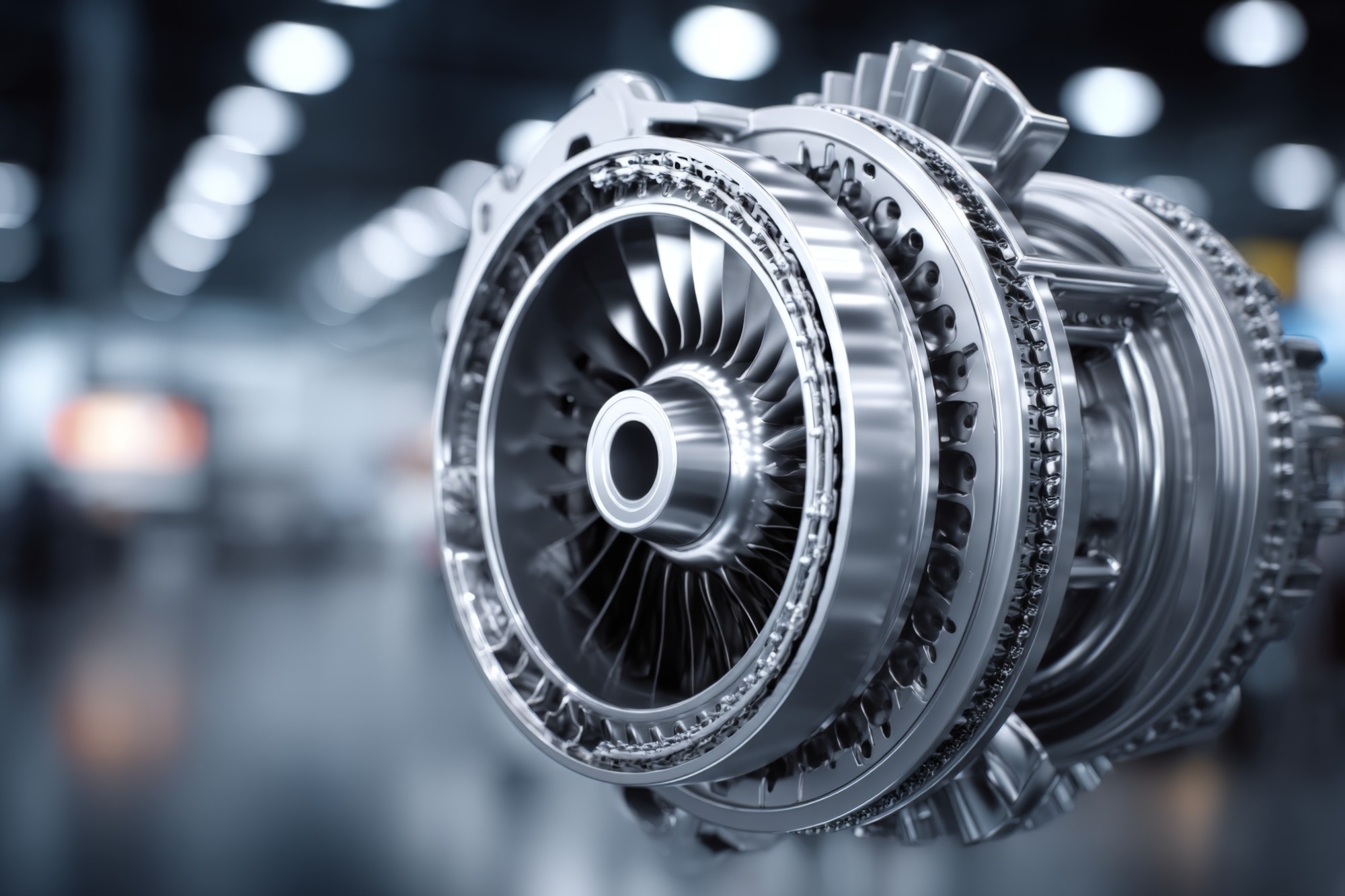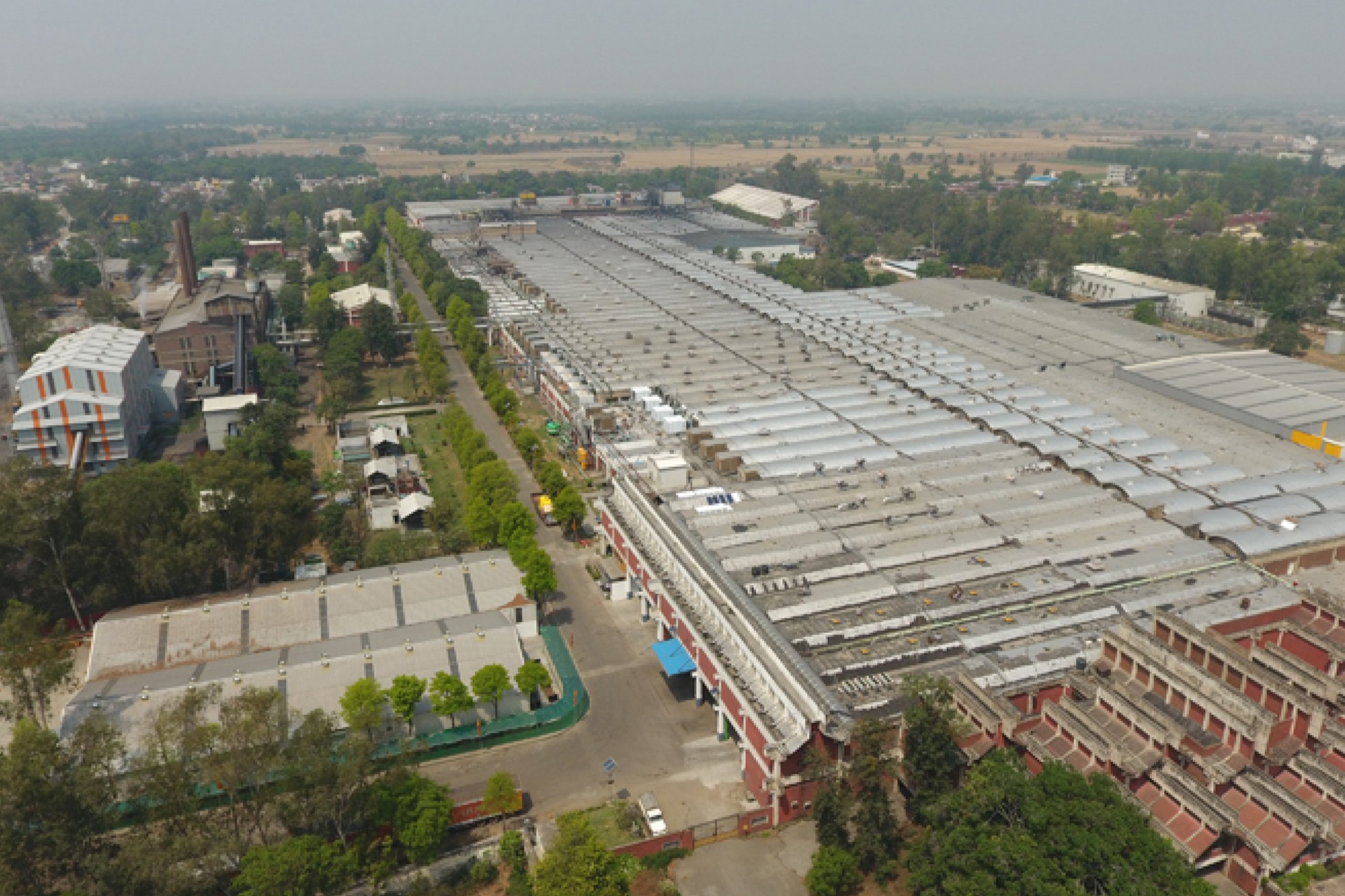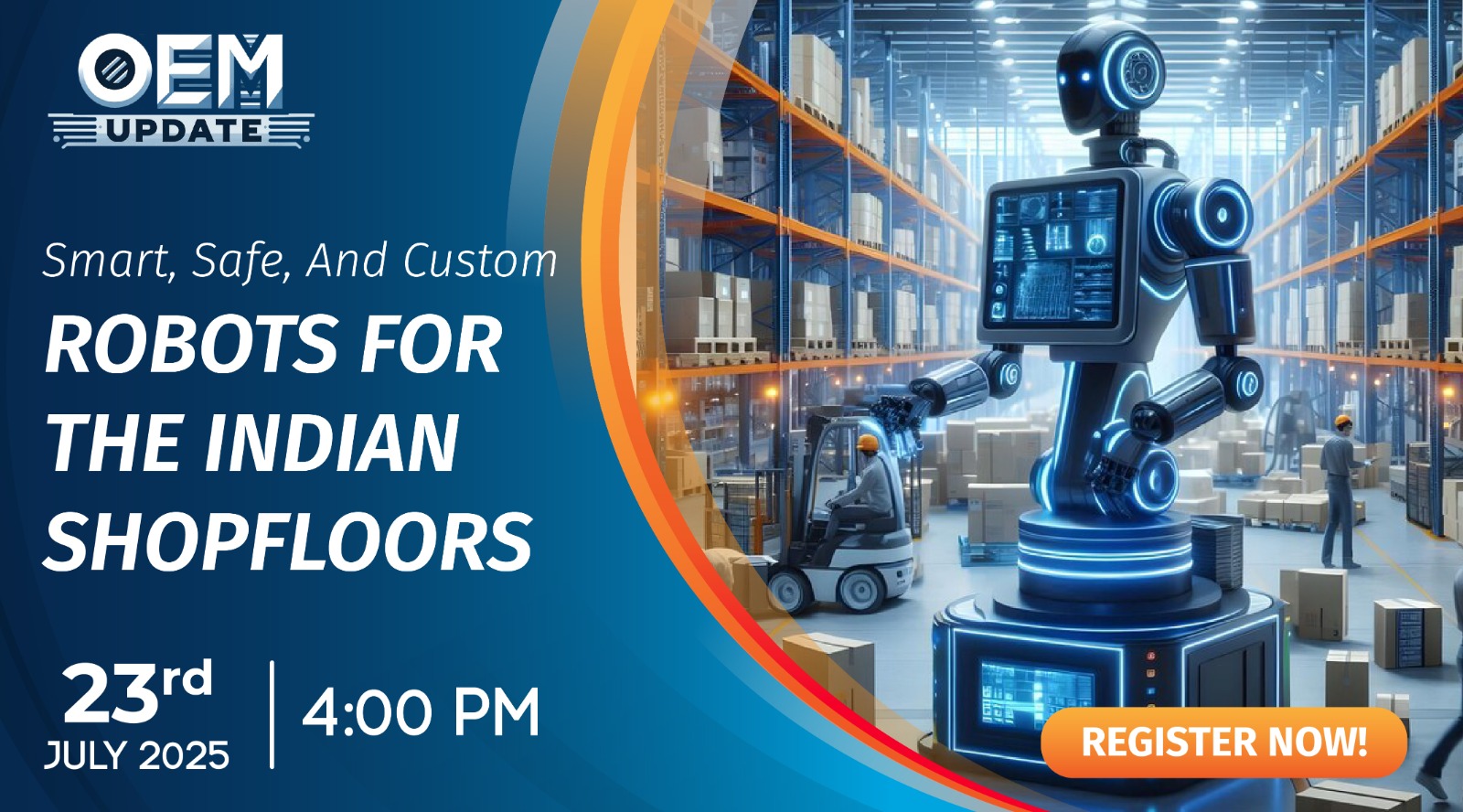Advanced software tools identify root causes and support corrective actions
By Staff Report August 1, 2024 12:01 pm IST
Digitising machine tools improves efficiency in manufacturing processes by providing real-time visibility into production metrics and data-driven decisions. Advanced software tools and IoT integration further increase productivity and predictive capabilities, leading to faster issue resolution.
How does digitisation in machines improve efficiency in manufacturing?
Digitising machines provide the required visibility in production. We gain insights into the count of produced parts, variation in the time cycle, load-unload time variation, the reasons for downtime, etc. This data helps the key matrix OEE and its constituent elements AE, PE, and QE. Digitising points to the root cause and areas of improvement, which, when acted upon, can enhance productivity.
How do advanced software tools analyse the data collected from machines?
Advanced software tools facilitate data analysis and decision-making by using data to identify root causes and support corrective actions.
These tools enhance large language models with Retrieval Augmented Generation capabilities, allowing them to query an organisation’s databases and provide swift responses to natural language questions. For instance, consider three databases: one containing detailed machine manuals, another for operations data, and a third with a repository of service issues and resolutions. If a user inquires about the private model, the tool will search all three databases and deliver relevant answers. This leads to more accurate and rapid issue resolution, improved predictions, and effective skilling or de-skilling.
How does the integration of IoT devices and sensors in machine tools contribute to efficiency in manufacturing processes?
Data from sensors and IoT devices are intrinsic to controllers, offering insights into alarms, spindle speed, load, and temperature. Additionally, external sensors collect data on hydraulic oil levels, energy consumption, coolant oil pump pressure, and spindle vibration. Combining these data sources forms the basis for AI/ML model development, which aids in creating predictive models.
Data gathered from quality systems helps identify the causes of rejections and enhances practices related to wear offsets. This leads to process improvements and a reduction in rejections.What factors affect machine project costs, and what is the typical payback period?
Project costs are influenced by the machine’s age, type, and the CNC controller or PLC. Our experience with over 100 customers has shown that payback is typically achieved within 12 months. Additionally, it’s now widely accepted in the industry that there is often an undisclosed machine, for every ten machines, and IoT solutions are instrumental in uncovering these hidden assets.
What are the essential factors for the success of IoT projects?
The key to success for IoT projects is having strong support from top management, a clear vision for the goals, and full engagement from the entire team throughout the process. Once the foundational elements are established, the project can focus on training the workforce in IoT basics and how to use software to analyse data and make informed decisions based on reports.
Please state whether digital tools can be reprogrammed quickly to accommodate changes in design or production requirements.
Industry 4.0 digital platforms address use cases that intersect business processes, smart initiatives, and technologies. Systems designed from the ground up to accommodate specific configurations of data and workflows can be adapted to additional use cases, work centres, or custom requirements. Enabling hardware, sensors, and connectivity might need to be adjusted based on the initial provisions.
Cookie Consent
We use cookies to personalize your experience. By continuing to visit this website you agree to our Terms & Conditions, Privacy Policy and Cookie Policy.
















